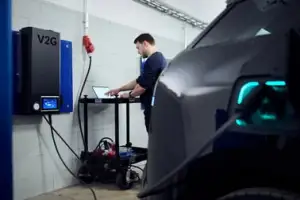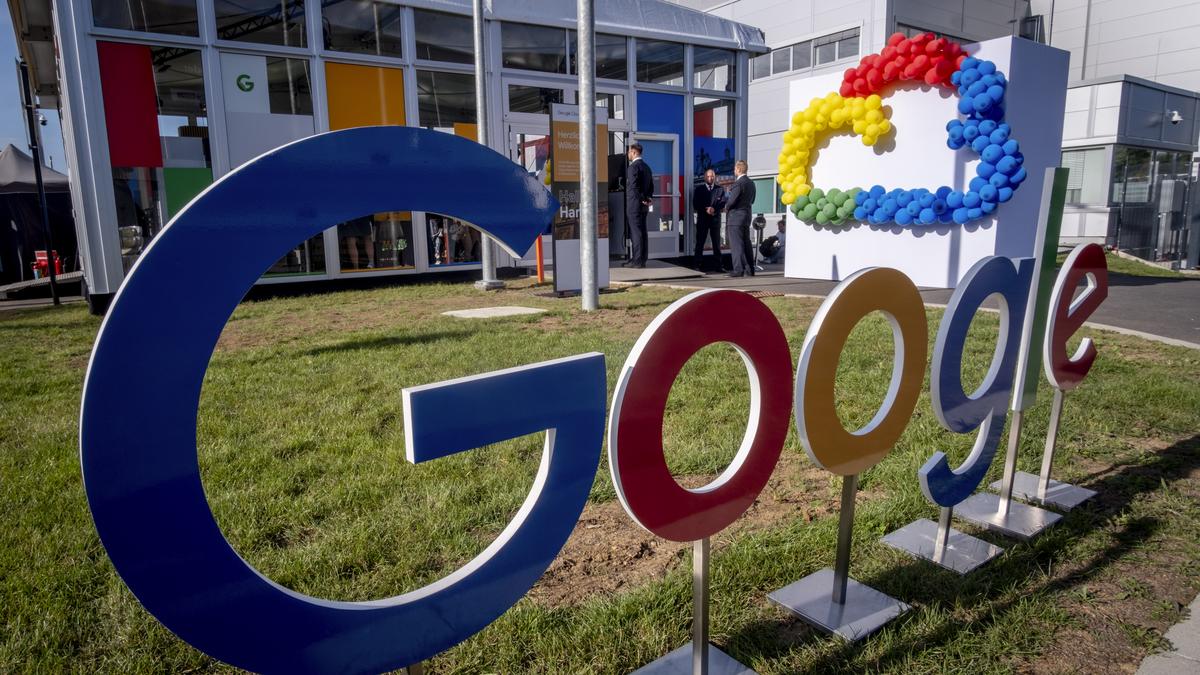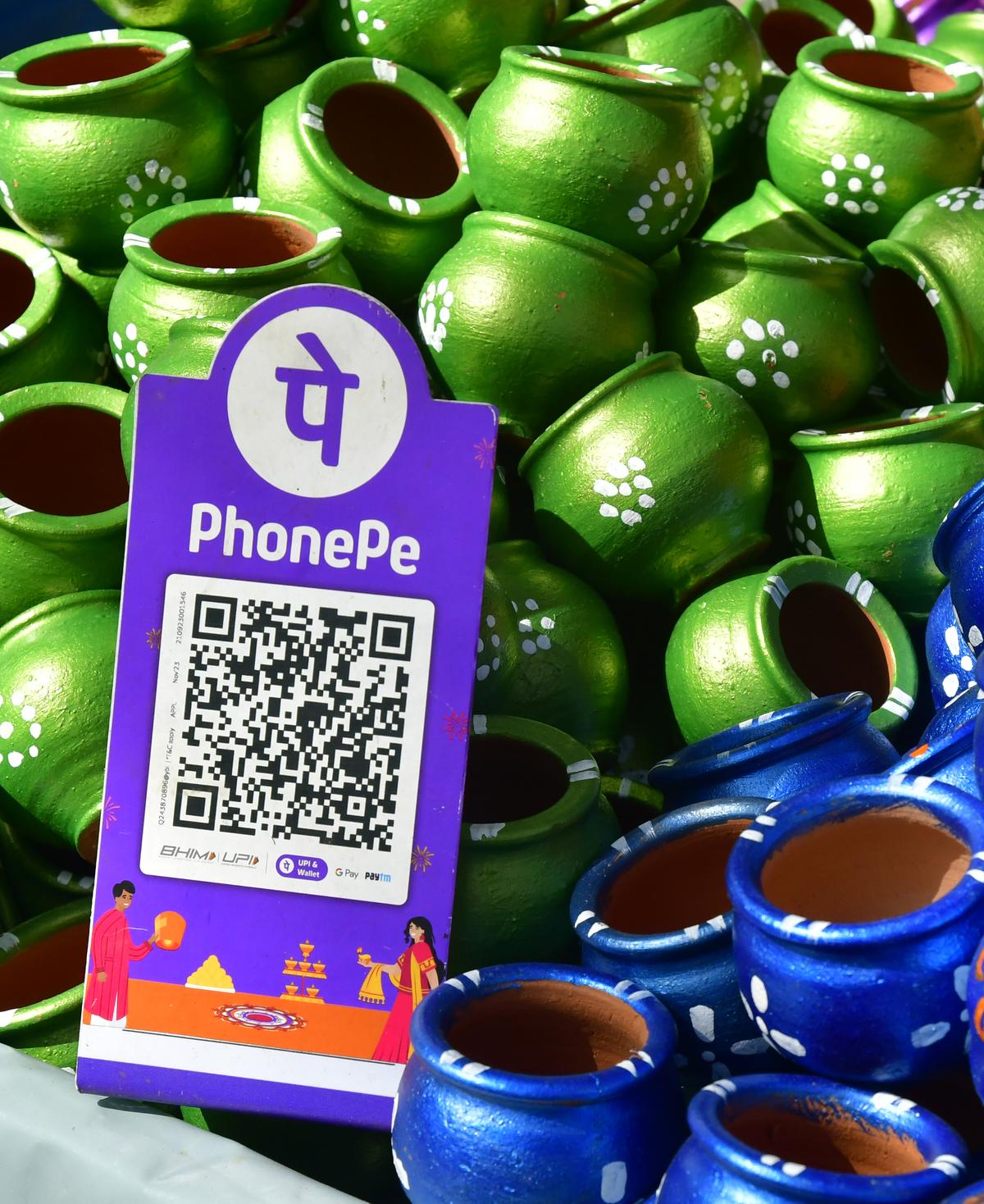Blog Credit : Trupti Thakur
Image Courtesy : Google
The Vehicle To Grid Technology
Recently, the Kerala State Electricity Board (KSEB) and the Indian Institute of Technology Bombay (IIT Bombay) launched a pilot project to explore Vehicle-to-Grid (V2G) technology. This initiative aims to assess the feasibility of integrating Electric Vehicles (EVs) into Kerala’s power grid. The project is crucial as Kerala experiences a rapid increase in EV adoption and rooftop solar energy generation.
What is Vehicle-to-Grid (V2G)?
V2G technology allows EV batteries to send power back to the grid. When not in use, an EV can serve as a decentralised energy storage device. By connecting to a bi-directional charger, an idle EV can support the distribution grid. V2G facilitates the integration of renewable energy and aids in demand response strategies.
Charging and Discharging Mechanisms
V2G encompasses two main functions – Grid-to-Vehicle (G2V) and Vehicle-to-Grid (V2G). G2V refers to charging the vehicle from the grid. The focus here is on managing charging loads to minimise grid impact. V2G, on the other hand, allows EVs to provide power back to the grid, functioning as a distributed energy source.
Global Adoption of V2G Technology
V2G has gained traction in mature EV markets like Europe and the U.S. Numerous pilot projects have demonstrated its potential. EV owners are incentivised to supply power back to the grid, making EVs a cost-effective energy storage solution. Regions like the U.K. and California actively encourage EV owners to participate in ancillary services, enhancing grid stability.
Current Scenario in India
In India, V2G integration is still in its early stages. The focus is primarily on planning distribution grids and EV charging infrastructure. A few Distribution Companies (DISCOMs) have initiated pilot projects for smart charging. The Central Electricity Authority (CEA) is developing guidelines for reverse charging from EV batteries to the grid.
KSEB-IIT Bombay Project Details
The KSEB-IIT Bombay project aims to evaluate how EVs can support the grid during peak demand times, particularly when solar energy is unavailable. This initiative responds to the growing electricity demand due to increased EV charging.
Future Applications and Benefits
The integration of V2G technology can address concerns about rising electricity demand. Smart charging can discourage EV charging during peak hours. Additionally, V2G can enable EVs to supply electricity back to the grid when demand is high. This technology can also facilitate charging during peak solar generation, promoting renewable energy use.
Enhancing Grid Stability
V2G technology can modulate power in EV batteries, mitigating the effects of renewable energy variability on the grid. With attractive compensation mechanisms, EV owners can be incentivised to optimise charging and discharging based on electricity price variations.
Blog By : Trupti Thakur

21
AprThe V2G Technology
Apr 21, 2025Recent Blog
India’s Achievement In QKDApr 22, 2025
The V2G TechnologyApr 21, 2025
Country’s Specific Domain By GoogleApr 19, 2025
The ITES-QApr 17, 2025
The UPI Circle Of PhonePeApr 16, 2025



